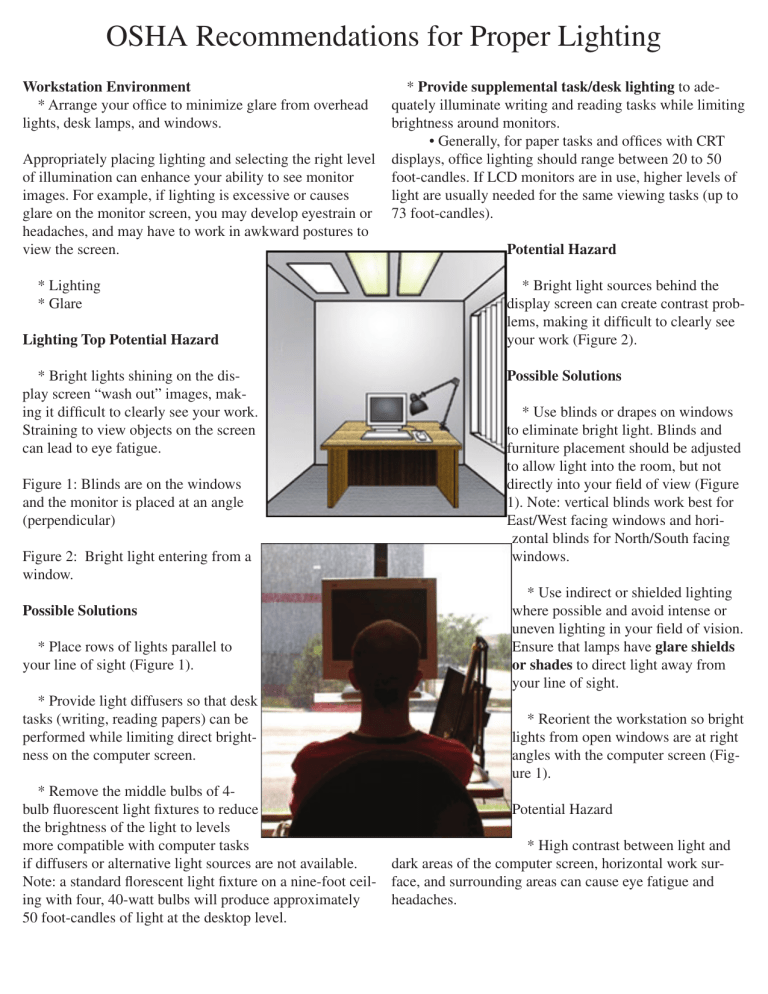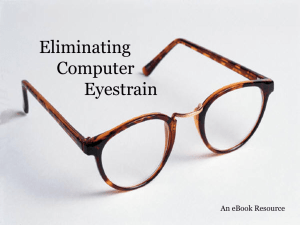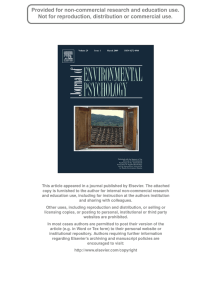OSHA Recommendations for Proper Lighting

OSHA Recommendations for Proper Lighting
Workstation Environment
* Arrange your office to minimize glare from overhead lights, desk lamps, and windows.
Appropriately placing lighting and selecting the right level of illumination can enhance your ability to see monitor images. For example, if lighting is excessive or causes glare on the monitor screen, you may develop eyestrain or headaches, and may have to work in awkward postures to view the screen.
* Provide supplemental task/desk lighting to adequately illuminate writing and reading tasks while limiting brightness around monitors.
• Generally, for paper tasks and offices with CRT displays, office lighting should range between 20 to 50 foot-candles. If LCD monitors are in use, higher levels of light are usually needed for the same viewing tasks (up to
73 foot-candles).
Potential Hazard
* Lighting
* Glare
* Bright light sources behind the display screen can create contrast problems, making it difficult to clearly see your work (Figure 2).
Lighting Top Potential Hazard
* Bright lights shining on the display screen “wash out” images, making it difficult to clearly see your work.
Straining to view objects on the screen can lead to eye fatigue.
Figure 1: Blinds are on the windows and the monitor is placed at an angle
(perpendicular)
Possible Solutions
* Use blinds or drapes on windows to eliminate bright light. Blinds and furniture placement should be adjusted to allow light into the room, but not directly into your field of view (Figure
1). Note: vertical blinds work best for
East/West facing windows and horizontal blinds for North/South facing windows.
Figure 2: Bright light entering from a window.
Possible Solutions
* Place rows of lights parallel to your line of sight (Figure 1).
* Use indirect or shielded lighting where possible and avoid intense or uneven lighting in your field of vision.
Ensure that lamps have glare shields or shades to direct light away from your line of sight.
* Provide light diffusers so that desk tasks (writing, reading papers) can be performed while limiting direct brightness on the computer screen.
* Reorient the workstation so bright lights from open windows are at right angles with the computer screen (Figure 1).
* Remove the middle bulbs of 4bulb fluorescent light fixtures to reduce the brightness of the light to levels more compatible with computer tasks if diffusers or alternative light sources are not available.
Note: a standard florescent light fixture on a nine-foot ceiling with four, 40-watt bulbs will produce approximately
50 foot-candles of light at the desktop level.
Potential Hazard
* High contrast between light and dark areas of the computer screen, horizontal work surface, and surrounding areas can cause eye fatigue and headaches.






